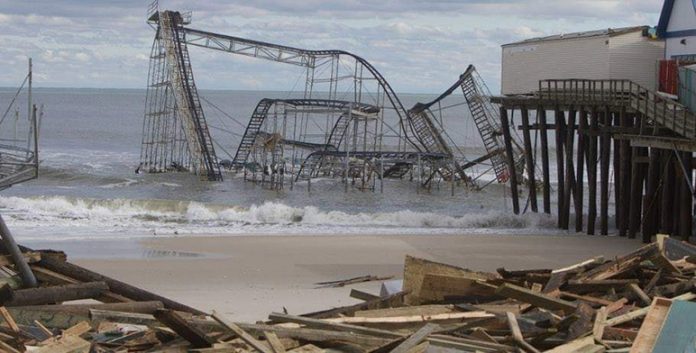
OCEAN COUNTY – It has been eight years since Superstorm Sandy caused many to endure the pain of being displaced, losing a home or having to restore it.
The storm’s legacy was one of stress and trauma. For Joseph Tedde, a resident of the Ortley Beach section of Toms River, that saga is not yet over.
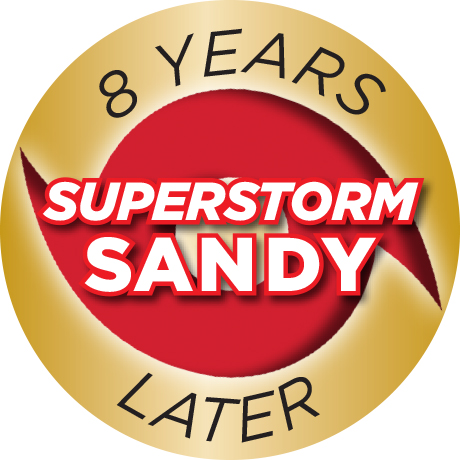
Ortley Beach was referred to as “Ground Zero” in descriptions of the storm’s impact around Ocean County. The north beach portion of the township was devasted following the storm. Many homes were wiped out from the waves and others sustained severe water damage.
The landscape of shore areas have changed dramatically with many houses having elevated to five to eight feet or more as per requirements of state grants to meet flood insurance requirements.

Tedde can still remember the times in which he came to first see the damage to his 8th Avenue home. “We got word that we could come over and clean up. The first day they told us we could come we had to register like refugees and fill out papers and show our ID and we met at a parking lot on Fischer Boulevard.
“They put us into school buses to cross the bridge and inspect our homes. It was a surreal experience. We could see our houses for a few hours,” he said.
“They said you could bring back a few items and bring a suitcase or bag. Then later on we were allowed to come over almost every day and the police chief stopped by one day and said ‘I will try and get you guys home every day’ and little by little things picked up,” Tedde said.
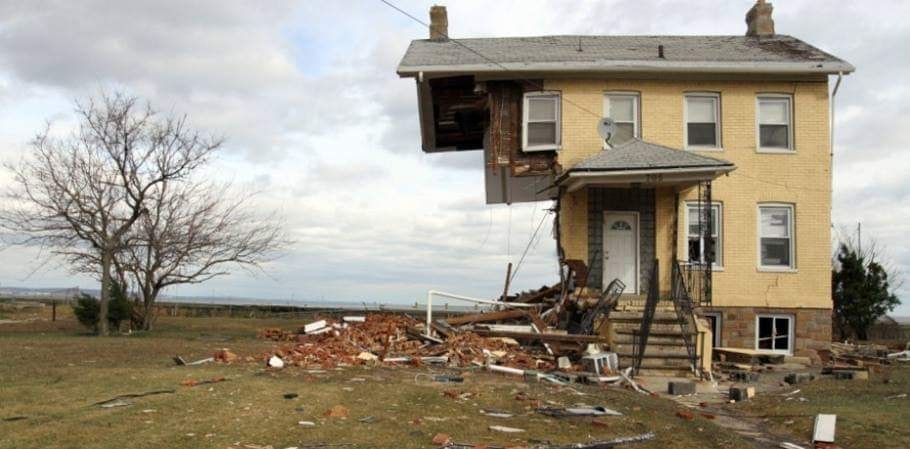
Tedde said, “from the time we all came over in the yellow bus like a bunch of refugees, I had not seen my house for three weeks which took us to the end of November so from the beginning of December it took me three months to get my house livable. I slept home on February 20, 2013.
“They said anyone who had electric, water, sewer, and gas that you could go home. There were 1,500 homes in Ortley Beach and I was one out of three or four that was able to come home that night. It was pitch black and it was a little frightening but I knew there were police and state troopers all over the place,” Tedde added, noting that there was no street lights on still in the community.
Tedde had to gut the house and bring in everything new, like plumbing and wiring.
“In December of 2016 I was going to lift the house up but I ran into a big financial mess and until that time until today, almost four years. I’ve battling to get my house back to normal,” he said.
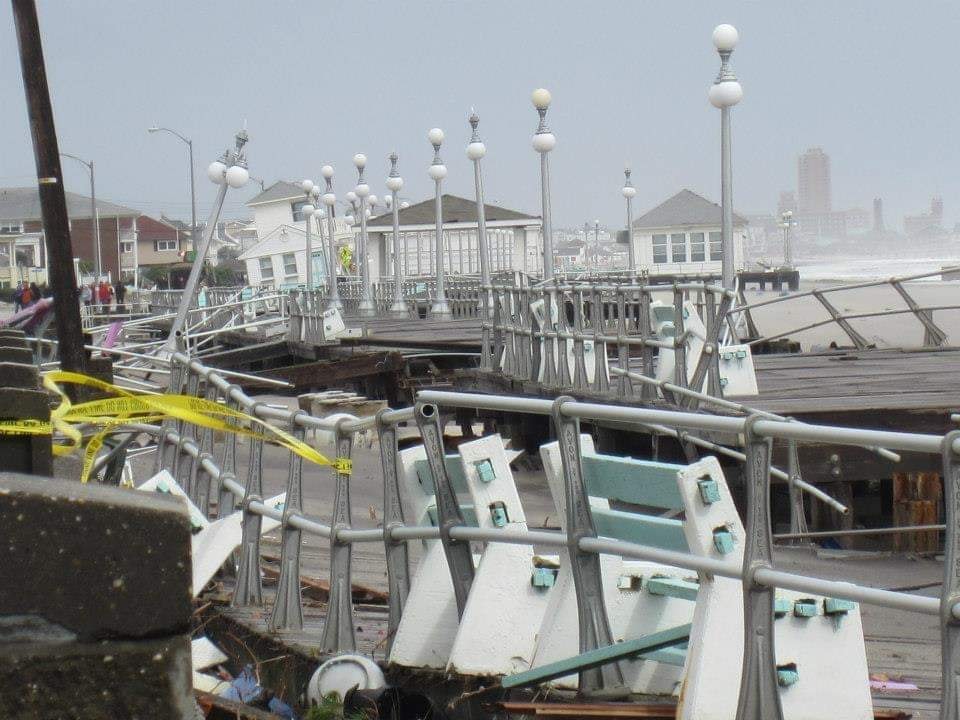
Tedde said he’s made a lot of progress but it has been going very slow. “The state has helped but there is a lot of red tape and there is a lot of back and forth. It is October 25, 2020 and I am hoping this coming week that I hear from the Department of Consumer Affairs – that they will release a big sum of money and I will be able to get back into my house for the winter.”
Presently he is living in a small trailer provided by a state program, on his property next to his incomplete elevated home.
Unlike other areas where residents could return back to examine their damage, those on the barrier island were not permitted due to concerns of road stability and infrastructure damage which severed power lines. Mold grew quickly in those homes causing additional damage.
Crossing over the Mathis-Tunney bridge from Toms River to the barrier island was only permitted on specific days. Stickers were provided to place on cars to identify residents as township police patrolled the area to protect homes from being looted.
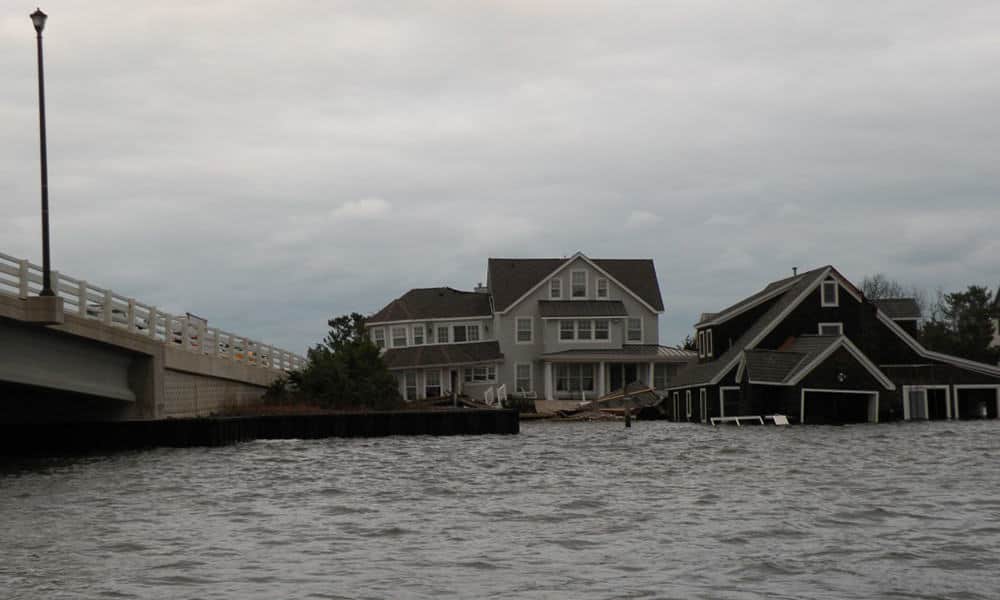
The Mantoloking Bridge connecting to the barrier island was washed out to sea by the force of the storm. The sight of houses in the middle of the road was not uncommon. The symbol of the storm was a photograph of the popular rollercoaster from the destroyed Seaside Heights boardwalk which stood out in the ocean for months.
The historic St. Elisabeth Chapel on 3rd Avenue was completely destroyed leaving little evidence that it had ever stood there. Services were eventually held at the church’s parish hall until the chapel was at last replaced with a new structure.
Likewise, another local landmark, Joey Harrison’s Surf Club was also wiped from the earth with only a foundation beam featuring the club’s mascot, a little devil still present, on the beach now.
The fate of what will happen to the property that the popular night club once occupied is still unknown but one thing is clear, it will not host a night club again.
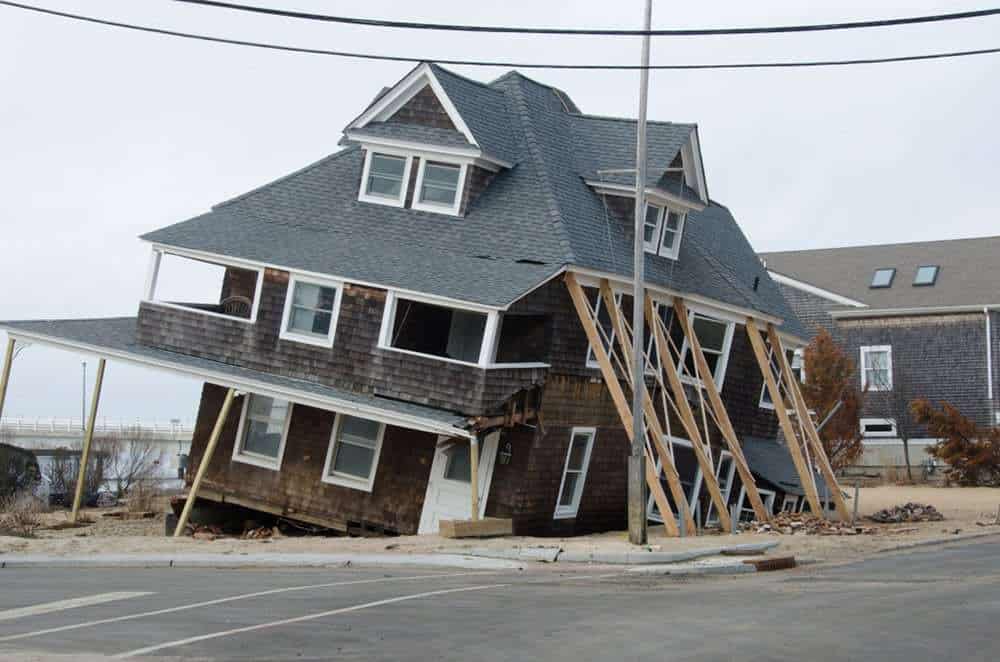
While the vacant Ortley Beach First Aid Squad building on 6th Avenue had been slated for demolition prior to Superstorm Sandy, due to its cost in bringing it up to township code, the building actually survived the storm. It was used as a storage facility in the months that followed. The building came down to be replaced by public parking lot. That lot will house a pickle ball court by next summer.
An A&P store in Ortley Beach was also utilized for emergency storage and as a base of operations for emergency and police in the immediate weeks and months following the storm. The store would reopen to residents of the barrier island being the only supermarket in the area. A few years later when the Great Atlantic and Pacific Tea Company went bankrupt, the building was sold to make way for an Acme which ironically, existed in the same plaza along Route 35 prior to the A&P being built in the 1970s.
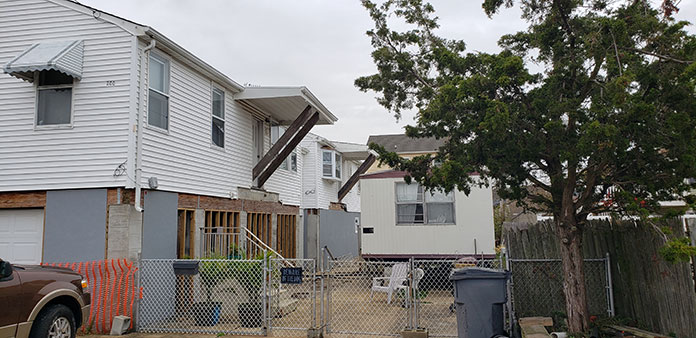
Many restaurants and businesses were hit hard and took months to reopen. Some didn’t reopen at all. Many homes were restored or rebuilt thanks to state grants and various volunteer groups that aided in their mediation. The memories and trauma of the event, still remain years later.







